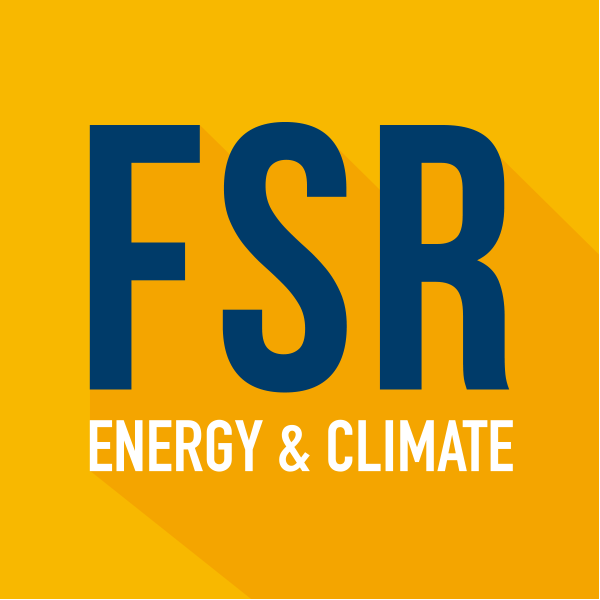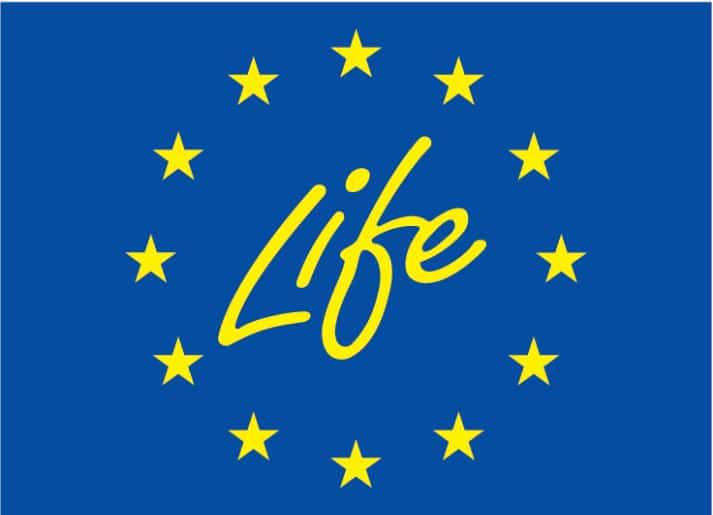Carbon Market Integration as a Catalyst for Climate Ambition?
Highlights from the Net Zero Policy Dialogue
The final policy dialogue organised in the context of the Life COASE project brought together 50 carbon market experts and policymakers to address the core challenges and opportunities associated with carbon market integration identified in the project. Discussions primarily focused on the feasibility and integrity of international carbon markets, particularly those established under Article 6 of the Paris Agreement, as well as the implications of linking major emissions trading systems (ETSs). These topics are set to receive further attention from the international community, which is currently gathering in Brazil for the UNFCCC climate conference, COP30.
No Integration Without Integrity
The Article 6 framework of the Paris Agreement provides the basis for international carbon markets and collaboration on climate action. With the Paris Agreement marking its 10th anniversary in 2025, the operational principles for Article 6 have been negotiated, and parties are now moving into the implementation phase. Against this backdrop, participants at the policy dialogue reflected on the lessons learned from past experiences with international carbon markets. Both the Clean Development Mechanism (CDM) and the Voluntary Carbon Market (VCM) have been undermined by major scandals and concerns over the quality of credits, leading to widespread mistrust.
Nonetheless, there is a general consensus that achieving global decarbonisation requires an international carbon market to effectively channel the necessary financial flows, especially toward low-income countries. The mechanisms outlined in Article 6 of the Paris Agreement might have the potential to do so, but their implementation faces significant challenges.
First, the bilateral trading system (Article 6.2) is viewed as a weak framework that risks repeating the past failures. A major concern is the risk of host countries unilaterally authorising credits of low quality to become Internationally Transferred Mitigation Outcomes (ITMOs), potentially undermining the system’s integrity. Although safeguards exist to prevent double-counting of credits, these checks primarily assess accounting coherence rather than the actual environmental quality of the reductions.
Second, while the centralised mechanism (Article 6.4 or Paris Agreement Crediting Mechanism – PACM) is generally considered a good basis for collaboration, speakers noted that its implementation was recently weakened by short-sighted lobbying. Companies pursuing their business interests have reportedly led to a weakening of environmental and social standards related to carbon removal projects. Decisions on liability and long-term monitoring requirements in removal projects have been postponed, leaving gaps that jeopardise environmental integrity. Fairness provisions could also be compromised by the implementation of a waiver clause, which permits projects to proceed despite the potential for negative environmental or social impacts.
To address these concerns, strong emphasis was placed on the need for mechanisms to ensure additionality (confirming that emission reductions would not have occurred without the credits) and the use of conservative baselines (set below business-as-usual scenarios with continually rising downward adjustments over time). A proposal was also introduced for a Unified Carbon Market, advocating for a centralised body focused on risk mitigation and verification, which would price project risk using financial instruments rather than excluding risky projects outright.
Integrating ETSs: The Path to EU-UK Linking
A second focus of the dialogue was the potential linking of the European Union Emissions Trading System (EU ETS) with the United Kingdom ETS (UK ETS). Following Brexit, the UK established a separate ETS, which has been operating since January 2021. The political commitment to establish an EU-UK link was formally recognised in May 2025.
There was broad agreement on the significant benefits of linking the two sovereign markets. Participants noted that joining the two markets would enhance market efficiency, stability, and liquidity. A major shared advantage would be the ability to avoid the collective administrative burdens and costs associated with the Carbon Border Adjustment Mechanism (CBAM) between the jurisdictions. Linking was also seen as a way to reinforce high-ambition climate leadership and send a strong signal for further international cooperation.
However, several challenges were identified regarding the integration process. Current differences in carbon price levels present an obstacle to alignment. One key challenge remains maintaining integrity and preventing arbitrage between systems. The UK’s plan to incorporate engineered greenhouse gas removals into its scheme by 2029 introduces a new risk of divergence, highlighting the need to develop harmonised eligibility criteria and monitoring, reporting, and verification (MRV) standards. The potential inclusion of woodland carbon removals in the UK Emissions Trading Scheme (ETS) was specifically mentioned as a possible barrier to linking. Finally, concerns were raised about ensuring that any future agreement is politically robust and resilient to possible future changes or reversals, drawing lessons from previous international experiences.
The immediate next step rests with the European Council to authorise the European Commission to formally launch negotiations. A sequential approach was suggested, prioritising the agreement on common standards and interoperability before moving toward full integration.
The Discussion Continues
The international dimension of carbon pricing has been a focus of the LIFE COASE project, which is scheduled to conclude at the end of 2025. Both the development of international carbon credit markets and the prospects of linking major ETSs with other systems will be topics of discussion at the project’s final event, the Conference on Evidence-Based Climate Policies, to be held on December 1 at the European University Institute. Registrations are open until 21 November at no cost. Following the event, the 11th Annual Conference on the Economic Assessment of European Climate Policies will take place from December 2 to 3, allowing interested participants to join three days of in-depth discussions on the current state of climate policy.







